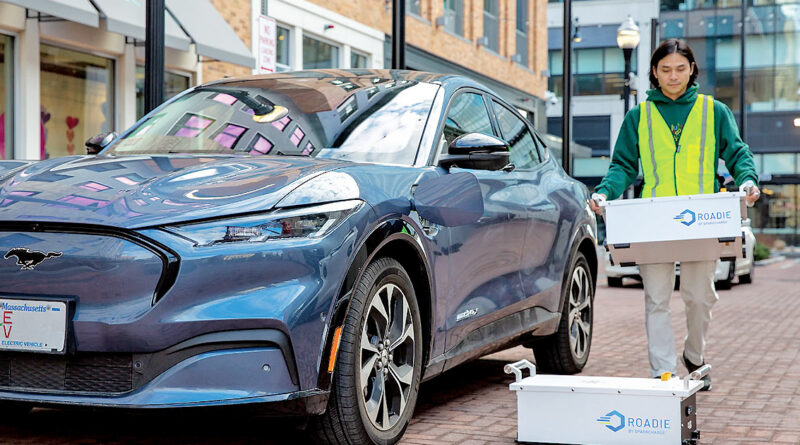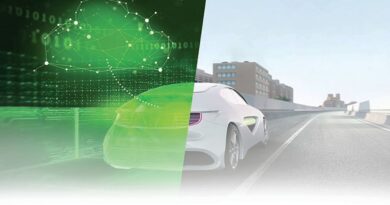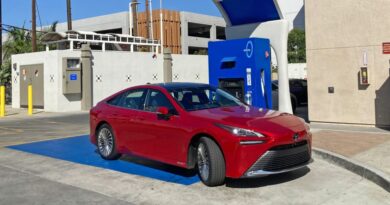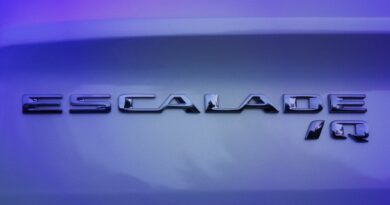No public charger? There are options
Charging an electric vehicle doesn’t always require expensive public chargers. Batteries can be swapped, cars can pull up to a charging pad, or a mobile charging service can come to the driver’s home or business.
EV drivers use a cord and plug to connect their vehicles to public charge ports on the road. But there aren’t enough such chargers to support all EV travel. Alternative charging methods for the 2 million EVs on U.S. roads today, according to Experian, could help fill infrastructure gaps and supplement the public networks long term.
Fast public chargers often require expensive infrastructure, power upgrades and an arduous permitting process. Installation of a basic Level 2 commercial charger can cost $20,000 to $30,000. Superfast Level 3 chargers that restore an EV’s charge up to 80 percent in 30 minutes or less cost $400,000 and $750,000, depending on required infrastructure upgrades.
Alternatives include battery storage, battery-swapping, wireless charging and mobile charging. Each has a different use case and potential.
Battery storage — in which power is drawn from the grid at a low rate and stored in a battery for fast output into an EV — stands out as a critical supplement to the fast charging network, said Loren McDonald, CEO of EVAdoption.
As charging expands, “power costs are going to be huge. Battery storage is the only way to sort of offset that,” said McDonald.
Some battery storage applications are too expensive for mass adoption by site hosts and charging networks. Storage units separate from the charger, rather than chargers with a battery inside, are more likely to gain traction. They have a better cost proposition over time and are easier to scale, McDonald said.
FreeWire Technologies, ADS-TEC Energy and others have rolled out battery storage products. FreeWire has sold more than 350 units so far. Installing a battery-integrated charger takes a matter of days or weeks rather than waiting as long as two years for infrastructure upgrades for the standard fast charger that often requires underground power lines, said FreeWire CEO Arcady Sosinov.
FreeWire works with convenience stores, gas stations, retail stores, agriculture sites, municipalities, utility companies, automakers, dealerships and fleet companies to deploy the technology.
ADS-TEC Energy has installed its ChargeBox product at almost every Porsche dealership in the U.S. and Europe and is beginning to install it at convenience stores and gas stations, the company said. Overall, ADS-TEC Energy has installed several hundred ChargeBox units with more than 1,000 ports in the U.S. and Europe.
ADS-TEC Energy has a proprietary feature that allows the ChargeBox to charge from the grid while powering up a vehicle. The ChargeBox is fully powered before the first vehicle disconnects and is ready to charge another.
Battery-swapping — replacing a depleted battery with a charged one — has become popular in China. About 273,000 vehicles were produced with battery-swapping technology in China last year, according to S&P Global Mobility.
The research firm expects 2.3 million vehicles will be built with battery- swapping capability by 2030. More than 90 percent would be produced in China.
Ample, a battery-swapping company in California, and others like it are not included in S&P Global Mobility’s forecast because they sell an aftermarket product. Ample’s technology is compatible across vehicle brands and segments. The vehicles are not specifically designed for battery-swapping, but Ample’s modular batteries, the size of a shoe box, can be configured to fit within any vehicle design.
Ample identifies and removes discharged battery modules and places them on shelves to be charged for another vehicle. The swap is done in less than 10 minutes, Ample said.
The company launched its battery-swapping technology in the U.S. in 2021. Uber drivers are using 12 of its battery-swapping stations in the San Francisco area. Ample completes a few hundred swaps daily, said John de Souza, the company’s president. Ample said it is partnering with several U.S. automakers to enable fleet companies to purchase the automakers’ vehicles with Ample’s batteries. It declined to identify the automakers.
Wireless charging uses electromagnetic induction to charge portable devices, such as phones. The same system — on a larger scale — can charge EVs. WiTricity, a wireless charging company, uses a wall box that converts electricity from the grid into energy delivered through a charging pad on the ground, often in a parking space or at home.
The pad converts the energy into a magnetic field. The energy is then transferred to the vehicle receiver, and the battery begins charging.
WiTricity can add about 25 to 35 miles of range for every hour of charging, said spokesman Craig Daitch. The company is looking at residential and fleet applications.
Wireless charging is “a reasonably strong growth technology across a variety of mainstream, as well as premium, brands,” said Graham Evans, director of the supply chain and technology group at S&P Global Mobility.
In 2022, about 24,000 vehicles were produced with wireless charging capability globally, Evans said. None was in North America. About 4.3 million vehicles will have the capability by 2030, he said, including 16 percent that will be produced in North America.
In Europe, the Volkswagen ID4 will be available with wireless charging capability through WiTricity and ABT e-Line, an aftermarket parts provider, next year. Hyundai is also piloting the technology with the Genesis GV60 in South Korea.
Other companies, such as SparkCharge, are offering mobile charging solutions.
SparkCharge provides a service that drivers can order to charge up wherever they are. Drivers can order the service, in which a portable charger is brought to them, an hour to six weeks in advance. SparkCharge also works with fleets as a daily charging option.
The company operates in Los Angeles; San Francisco; Dallas-Fort Worth; Austin, Texas; and Boston. It plans to expand to five to 10 more cities.
Atom Power works with fleets, multifamily housing units and businesses and uses a digital circuit breaker to improve efficiency to set up banks of chargers. They power vehicles at the speed of a Level 2 charger. South Korean petroleum market leader SK Energy and SK Inc. invested $100 million in the company last year.
Source : Autonews.com




